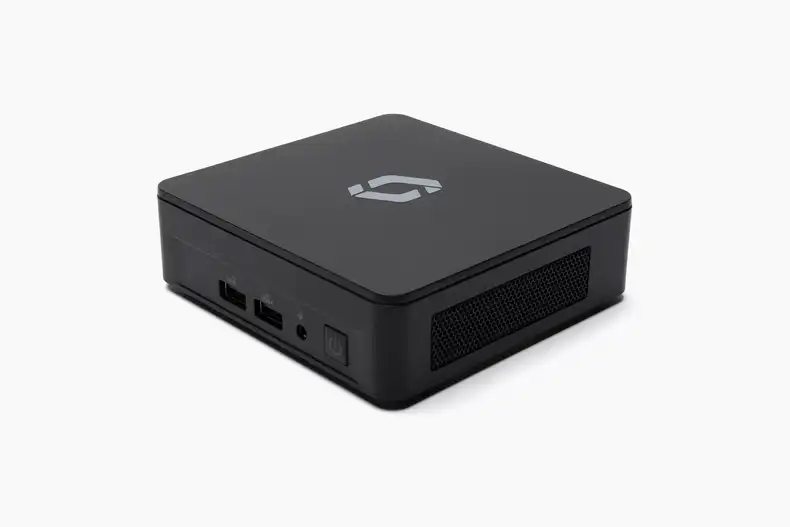If you can’t measure it, you can’t manage it. For businesses to grow and operate effectively, it is important to take notice of several key metrics that can help indicate the health and status of your business. These key metrics, often referred to as “key performance indicators” or “KPIs”, provide an important opportunity for digital signage. Digital signage boards can be used to publicly display these metrics to your employees and staff in the workplace. When things are tough, poor performance metrics can be used to rally the troops and get the team motivated, and, when goals are exceeded, these favorable metrics can be used to congratulate the team and increase morale.
KPIs vary across industry, and, in this piece, we will focus on KPIs that are important for the healthcare industry. Keep tabs on our blog too, as we will publish similar pieces for other industries on a regular basis. Below, we describe several important KPIs that you can use with digital signage to help run your healthcare practice (whether you are a single-provider practice or a large, multi-provider physician group).
1. New Patients Per Month
Of course, this is one of the major north stars for any practice, and practice managers must keep close track of this number. The number of new patients per month is the most important “top of funnel” metric that will give you your primary indication of the marketing and community outreach team’s performance. However, do note that this number can change due to factors other than your marketing and community outreach team’s performance. For example, this number can change greatly surrounding health insurance renewal periods, where many patients more frequently use their health insurance as their deductible has already been paid. If you keep records of these metrics over several years, you will be able to find these seasonal patterns that may be hard to determine over just a few months. Displaying the number of new patients per month on a digital sign dashboard for your healthcare practice will help keep the entire team oriented towards this north star metric.
2. Percent of Rejected Insurance Approvals Per Approval Requests Submitted
Most providers have a love/hate relationship with insurance companies. Of course, insurance companies are how providers and health groups get paid, however insurance companies can often make payment a real pain with a variety of changing standards for documentation of the symptoms and authorization for treatment. If your support staff is not careful with their workflows with insurance claims, important information (such as past medical records, attempts at palliative care, or diagnostic results) can get submitted incompletely or lost in the shuffle entirely. As a result, insurance companies will reject these approval requests. In the best case, this will mean extra paperwork for your office as well as an added several weeks that your practice must wait to provide treatment. In the worst case, your practice may have already provided treatment, and your practice may very well not be paid for these services. Accordingly, one way to take the pulse on the performance of you insurance department is to track the percent of rejected insurance approvals per approval requests submitted. If rejections are too high, you may need to adjust workflows and self-checks within this department.
3. Days in Accounts Receivable
As with most businesses, the receipt of payment and the rendering of services are often asynchronous events. This is especially the case in healthcare, where “medical billing” is its own profession that uses a complicated set of codes, such as CPT and ICD-10 codes, to explain and bill for the rendered services. The Days in Accounts Receivable KPI will help you measure the effectiveness of your billing department, as it will show the average number of days that your practice has to wait to get paid after rendering a day of medical services. To calculate this metric, simply divide the [Total Accounts Receivable] by [One Year of Gross Charges/365 Days]. Although this metric varies by specialty type, most practice and health groups should aim to keep this metric under 50 days. Relatedly, it is important to pay special attention to billings that have been in accounts receivable status for over 120 days. These billings often require additional medical documentation or a peer-to-peer review with the insurance companies, and this must be done prior to any time-horizon limitations with the insurance carrier.
4. Free Consult per Diagnostic Assessment
Many healthcare practices offer a free educational consultation to prospective patients. This helps get new patients in the door, and it also provides a useful educational service to the community. One important metric regarding the free consultation is the ratio of free consultations per diagnostic assessments. The next step in the funnel after a free consultation is the diagnostic assessment, whether that is blood work, an ultrasound, or some other medical exam. If too few individuals are converting from a free consultation to a diagnostic assessment, this provides insight into the “lead quality” of patients who receive a free consultation. Perhaps your marketing and community outreach department are funneling too many “unqualified” patients into free consultations. The definition of “unqualified” can vary by practice, however this term can be defined as the patient not having any symptoms, the patient not having accepted health insurance, or other features such as the patient being non-ambulatory for procedures that require post-operative ambulation. Keeping track of this KPI on a digital sign dashboard for your medical practice allows health providers to monitor their top-of-funnel performance. By tracking this metric via a digital display in real-time, your team can quickly adjust its marketing practices in order to optimize the patient funnel.
5. Days Between Ordered Procedure and Service Rendering
Another important KPI to measure is the amount of time between when a procedure was ordered by the health provider for a patient and when a patient actually received the procedure. Of course, there will be an amount of time between these two events. Both the healthcare provider and the patient need to coordinate their busy schedules, and processes need to occur in the interim, such as insurance verification and communication with other physicians that follow the patient. Nonetheless, there will be an average amount of time between these two events, and you will be able to respond to any sudden increases in this time gap if this metric is tracked. If the days between ordered procedures and rendered service suddenly increase, perhaps this is due to a sudden influx of new patients and your practice must hire temporary providers and office support in order to help service this demand.
Above are just a few of the many KPIs that health providers can use to manage their practice and health groups. Health providers can clearly display these statistics in real-time to the relevant teams and departments with the use of Screenly digital signage. While it is true that if you can’t measure a process, you cannot manage this process, you also cannot change company performance if these measurements are not shared with the relevant people and teams. Using digital signage to dashboard your medical practice’s KPIs with the help of Screenly can help you do just that.
Also, if you’re interested in reading more on video content and digital signage, check out our previous general use case on using digital signage for business dashboards or our page on the useful business dashboard product Chartbeat.





